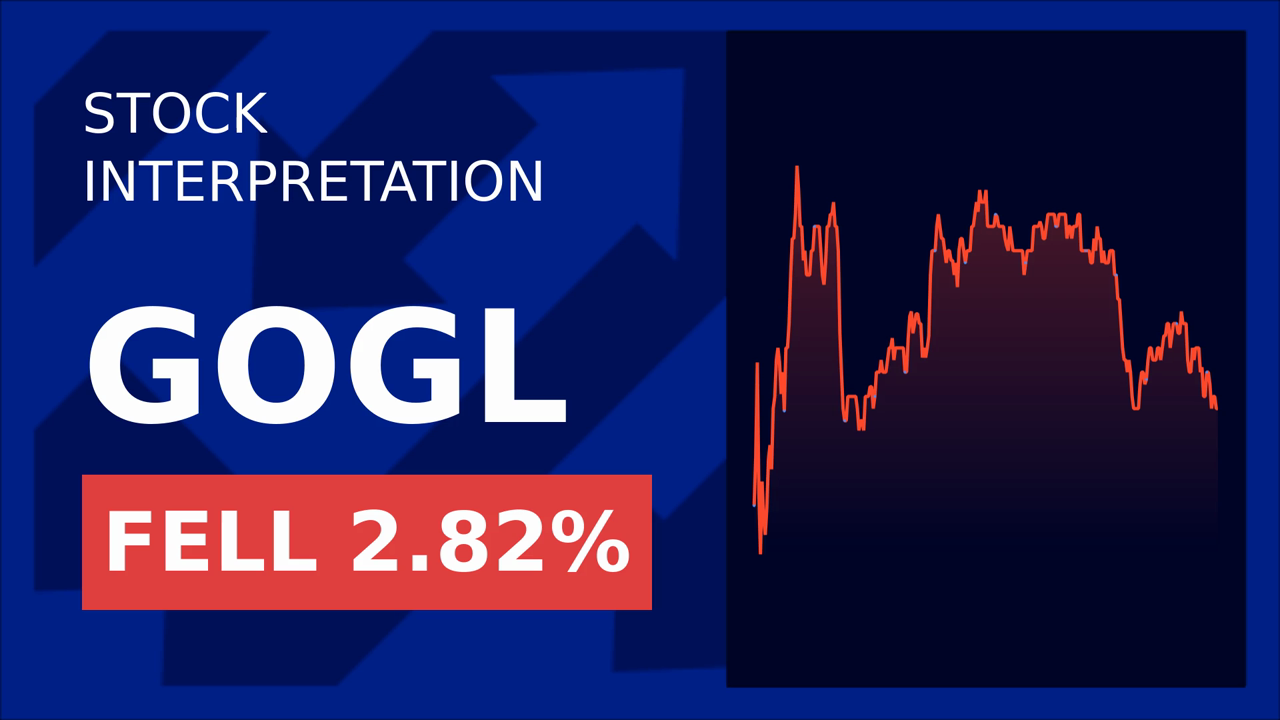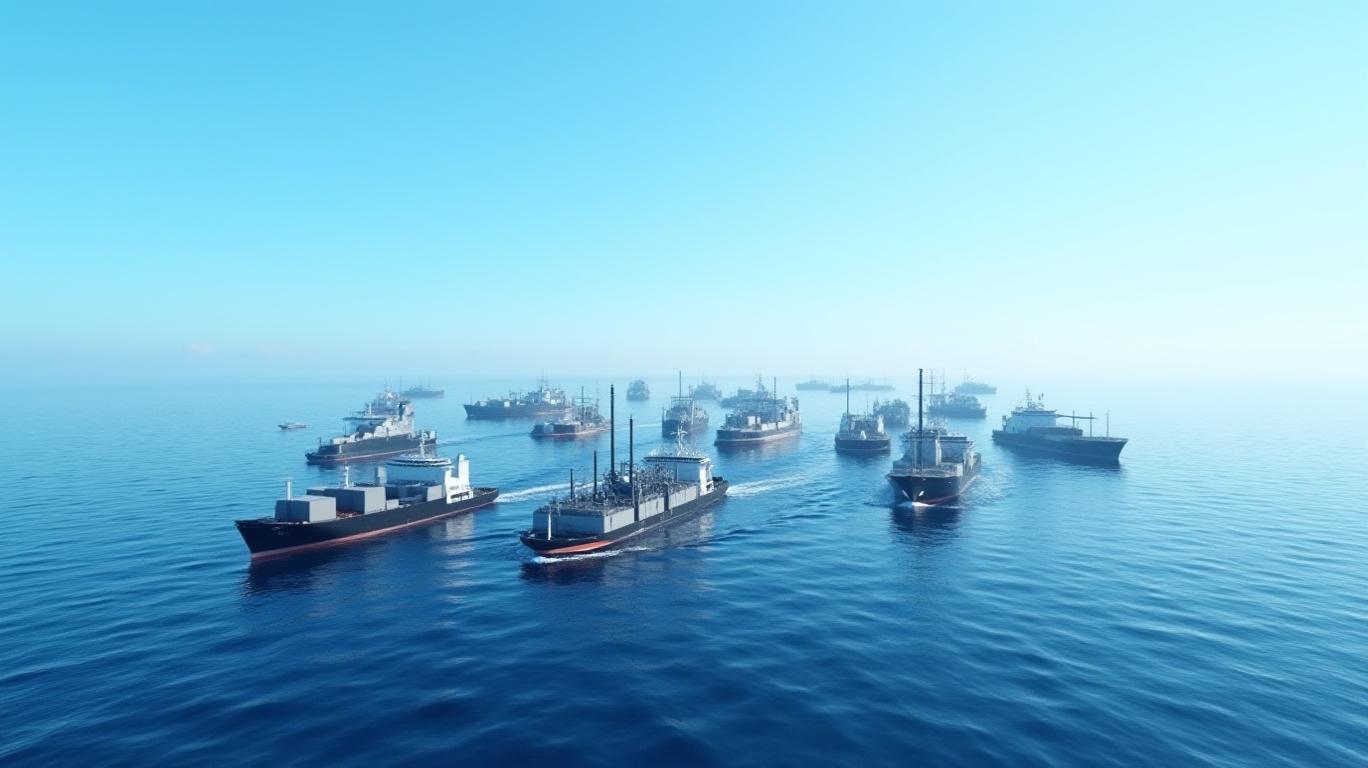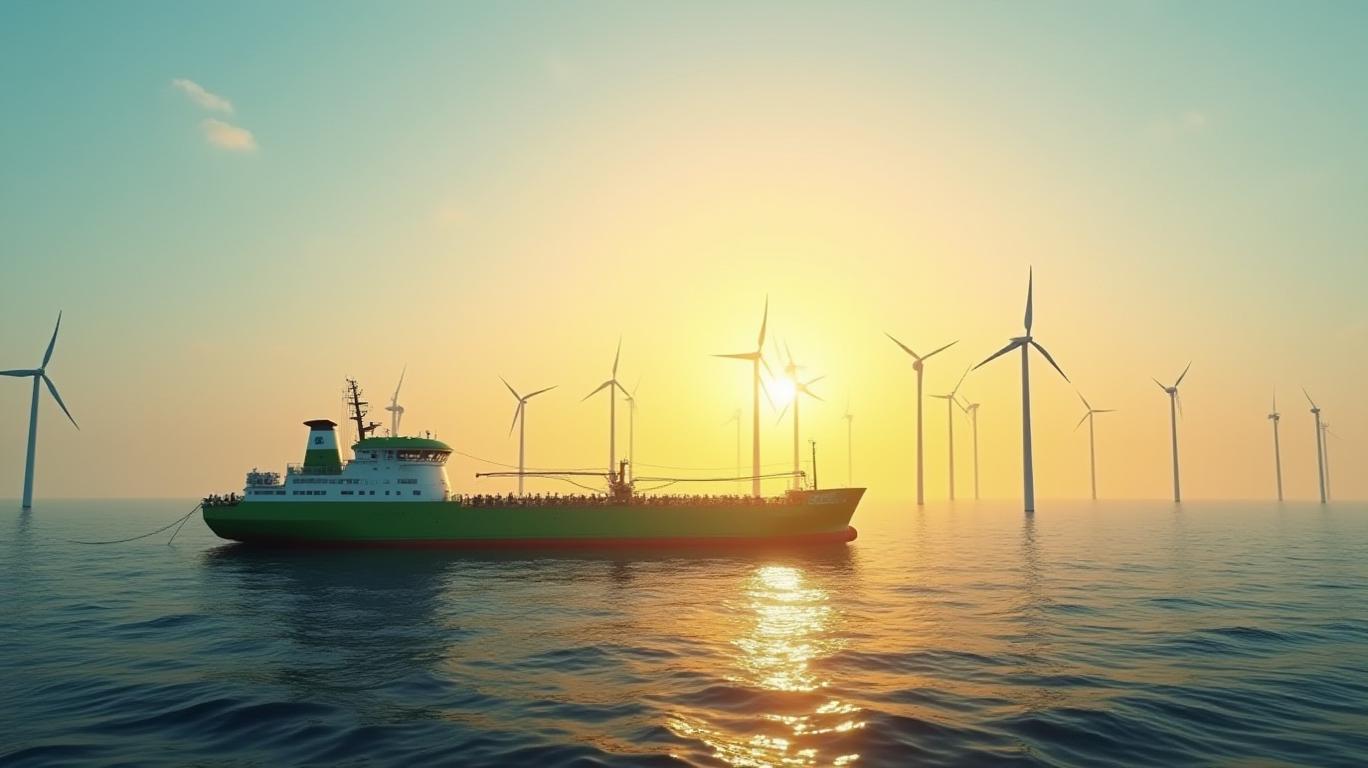Sailing into Synergy: The Golden Ocean-CMB Tech Merger and Its Maritime Impact
The shipping industry is bracing for a major consolidation as Golden Ocean Group (NASDAQ: GOGL) and CMB.TECH (NASDAQ: CMBT) move closer to finalizing a stock-for-stock merger. The proposed deal, announced in April 2025, aims to create a $3.2 billion maritime giant with a fleet of 254 vessels spanning dry bulk, crude oil, and green energy sectors. This merger is not just about scale—it’s a strategic play to navigate regulatory headwinds, capitalize on decarbonization trends, and secure liquidity in a cyclical industry.

Merger Overview: A Stock-for-Stock Deal with Ambitious Goals
Under the term sheet, Golden Ocean shareholders will receive 0.95 shares of CMB.TECH for each GOGL share held, based on stock prices of $15.23 (CMBT) and $14.49 (GOGL) at the time of agreement. Post-merger, CMB.TECH shareholders will own 70% of the combined entity, while Golden Ocean shareholders will hold 30%, excluding treasury shares. The deal targets regulatory approvals and shareholder votes by Q3 2025, with a closing timeline dependent on SEC Form F-4 filing outcomes.
The combined entity’s $3.2 billion market cap positions it among the top 10 listed shipping companies globally, with a free float of 38.4% to ensure liquidity. This structure aims to attract institutional investors and stabilize share price volatility, a critical factor in an industry where stock prices often mirror cyclical market swings.
Strategic Rationale: Diversification, Decarbonization, and Scale
The merger’s core thesis revolves around three pillars: diversified revenue streams, regulatory compliance, and operational efficiency.
Fleet Diversification: The combined fleet of 254 vessels spans multiple sectors, including 121 dry bulk ships (13.7M dwt), 36 oil tankers, and 45 offshore support vessels. This diversification reduces reliance on any single commodity cycle, a vulnerability that plagued many shipping firms during the 2020s downturn.
Contract Backlog and Revenue Stability: With $3 billion in contract backlog for 2025, 11.6% of days are fixed in time charters, providing predictable cash flows. The remaining 88.4% in spot markets allows the company to capitalize on rising rates in buoyant sectors like offshore wind logistics.
Decarbonization Leadership: The fleet includes vessels equipped for ammonia (NH3) and hydrogen (H2) dual-fuel systems, aligning with the IMO 2028 emissions regulations. This readiness positions the merged entity to secure long-term contracts with energy majors and EU-based clients, who prioritize low-carbon shipping under the EU Emissions Trading System (ETS).
Operational Strengths: A Young, Green Fleet at Scale
The combined fleet’s average age of 6.1 years is a stark advantage over peers, with dry bulk vessels averaging 6.3 years and offshore support vessels (CSOV/CTV) at 9.8 years—still younger than many competitors. Crucially, $11.1 billion in Fair Market Value (FMV) reflects the premium placed on modern, eco-ready assets.
The merger also consolidates CMB.TECH’s leadership in ammonia infrastructure, a critical enabler for the IMO’s 2030 carbon intensity targets. With partnerships in green hydrogen and ammonia production, the company is well-positioned to dominate niche markets like offshore wind farm logistics, which are expected to grow at ~8% CAGR through 2030.
Risks and Considerations
While the merger’s strategic logic is compelling, risks remain:
- Regulatory Hurdles: Antitrust scrutiny and IMO/EU approvals could delay closure.
- Market Volatility: Over 88% of 2025 revenues depend on spot markets, exposing the company to rate fluctuations.
- Shareholder Approval: While Golden Ocean’s board unanimously endorsed the deal, CMB.TECH’s shareholders may question the 0.95 exchange ratio, especially if GOGL’s valuation rises ahead of closing.
Conclusion: A Bold Play for the Green Maritime Future
The Golden Ocean-CMB Tech merger is a landmark deal in an industry ripe for consolidation. With a $3.2 billion market cap, a young, emissions-ready fleet, and a diversified revenue model, the combined entity is poised to dominate segments like dry bulk (121 vessels) and offshore wind logistics (45 CSOV/CTV).
The strategic alignment with EU ETS and FuelEU Maritime regulations is particularly astute, as carbon pricing mechanisms ($100–$380/ton CO2eq) will increasingly penalize non-compliant operators. With 30% of shares held by former GOGL investors, the company retains a stakeholder base incentivized to push for decarbonization and profitability.
Investors should monitor two key metrics:
1. Fleet Utilization Rates: Post-merger, the company must secure contracts for its 254-vessel fleet in high-margin sectors like offshore wind.
2. Regulatory Milestones: Timely clearance of SEC Form F-4 and IMO approvals will determine whether the merger closes by Q3 2025.
In a sector where scale and sustainability increasingly dictate survival, this merger checks both boxes. For shareholders, it’s a bet on a future where green shipping isn’t just a trend—it’s the only way to stay afloat.


_442a2dcc1749832873286.jpeg)
_e68fac6d1749831664430.jpeg)






